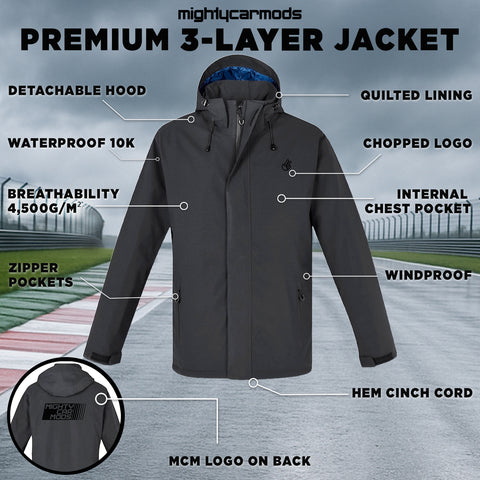
Utes, trucks, and pick-ups: what is the difference?
This week we've seen the continuation of Marty and MOOG's epic Kei Truck Death Match Fight Challenge, which you can WATCH HERE, and it led to the question of what is a truck and how it differs from a ute.
The National Heavy Vehicle Regulator is an Australian government department who classify what makes a truck, road train, B-double, and more. On their website (CLICK HERE) they classify a "truck" as a "rigid motor vehicle built mainly as a load-carrying vehicle", and from there they split truck types into the size of the load to be carried, the length of the truck and trailer, and whether it pulls the load on a trailer or on the truck itself.

But utes are a much easier definition.
Australia is regarded as the home of the ute, which is short for "utility vehicle" and came about in 1934 when the wife of a pig farmer from Gippsland in Victoria wrote to Ford Australia asking for a vehcle they could use to transport livestock during the week but still go to church on Sunday. Lew Bandt designed the original "coupe-ute" using a passenger car base, and this is where the definition of a ute comes from.

Utes are classified as a tub-back commercial vehicle based off a passenger car variant. So, because we built the Subarute out of a WRX wagon it is a ute.
For the Americans reading this, yes the Ford Ranchero and Chevy El Camino are therefore utes and not pick-up trucks.

With no passenger car variant diesel 4x4s like the Ford Ranger, VW Amarok and Toyota Hilux are classified as pick-ups. These vehicles use separate chassis/body construction, commonly use leaf-sprung solid-axle rear-ends and have higher towing capacities than most passenger car-based utes.
The same is true for "full-size" pick-ups like the Dodge Ram, Chevrolet Silveraro, Ford F150 and F250, Toyota Tundra and Nissan Titan, but just in a larger scale. And this brings us to Marty and MOOG's trucks...

As they have no passenger car variant they're not utes; they're both pick-up trucks. Officially, they're classified as Keitora or a "light truck" in Japan, so wether they can carry 150kg, 300kg or 3000kg doesn't actually make a difference of whether they're classified as a truck or not.

![Limited Edition Budget Street Cred Golf [AUTOGRAPHED]](http://mightycarmods.com/cdn/shop/files/FullSizeRender_480x480.jpg?v=1760910149)
![Boosty Boi T-Shirt [Black Edition]](http://mightycarmods.com/cdn/shop/files/DSC2662_b504777a-ecdc-4da2-8b18-b4b525bce4d5_480x480.jpg?v=1759355323)
![Chopped MCM Hoodie [Black Edition]](http://mightycarmods.com/cdn/shop/files/DSC2445_d41795ae-8f15-4257-8ae2-60623a893824_480x480.jpg?v=1759099951)
